Combating Water Shortages With Wetting Agents
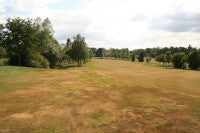 With recent announcements of hose-pipe bans spreading from the South-East it seems particularly important to discuss means of preserving and maximising our use of water. Groundstaff in many regions of the country are all too aware of the difficulties that a dry spring brings, particularly after last spring, and unfortunately we appear set for a repeat of last year.
With recent announcements of hose-pipe bans spreading from the South-East it seems particularly important to discuss means of preserving and maximising our use of water. Groundstaff in many regions of the country are all too aware of the difficulties that a dry spring brings, particularly after last spring, and unfortunately we appear set for a repeat of last year.
During dry/drought conditions groundstaff are challenged with maintaining quality playing surfaces at a time when the grass plant can become stressed and withdraw into a dormant state in order to protect itself and survive.
The modern Grounds Manager can do a lot to alleviate this situation by planning a water management programme incorporating the latest in surfactant technology tailored to their individual site.
Therefore it seems sensible to evaluate the benefits of applying wetting agents to see how we can maximise the retention and efficacy of water within our surface.
Wetting agents are best applied before water shortages occur and as part of a monthly programme from April to September. The formulation of a wetting agent is designed to maximise available moisture, they cannot create moisture, they simply aid in the utilisation of available moisture. Typically most wetting agent programmes commence in April and with current anticipated water shortages it makes sense to seek out a supply of your preferred wetting agent now.
There are three different forms of wetting agent to deal with three separate problems:
* Curative - Do you have a severe dry patch issue, if the answer is yes then a Curative approach may be for you. Curative wetting agents strip off some of the waxy coating on the soil particle using surfactants, which causes 'dry patch' to enable the water molecule to bind to the soil particle.
* Penetrant - these break down the surface tension of water and then draw it through the soil profile re wetting the soil to dept encouraging root growth.
* Polymer - Or residual wetting agents, help to retain moisture in the upper levels of the soil profile making best use of available water either through irrigation or natural rain fall. Certain more comprehensive polymers have the capability to work lower down in the profile.
The various different wetting agents have varying proportions of either curative, penetrant or polymer agents giving them different attributes i.e. if you have a high thatch content a wetting agent with a high polymer content could be detrimental as it prevents the surface from drying out, in this situation a penetrant would be more effective drawing moisture through the thatch layer. Conversely a substrate that is very free-draining, e.g. a USGA spec green, would benefit from a wetting agent with a high polymer content because water retention within the rootzone is the limiting factor.
Our Top Four Wetting Agents:
1. Hydrate
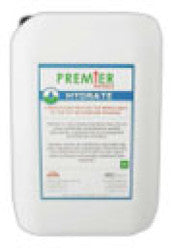
Cost effective multi-function non-ionic soil wetting agent and penetrant.
Hydrate corrects the conditions associated with water-repellent soils symptomatic of localised dry spot by improving the rate and depth of water penetration in organic acid coated sandy soils, and impermeable compacted soils. Hydrate improves irrigation efficiencies by reducing pooled water over hydrophobic soils and reduces runoff.
Manufacturer: Maxwell Amenity
2. H2 Pro
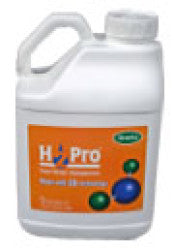
H2Pro has a curative and preventative action against Dry Patch and significantly reduces irrigation requirements. H2Pro has the unique Multi-Matrix mode of action. This technology allows applied water to efficiently enter the soil. It gives complete coverage deep down into the rootzone, ensuring the ingredients are evenly distributed into the whole rooting area of the rootzone.
Manufacturer: Everris formerly known as Scotts
3. Qualibra
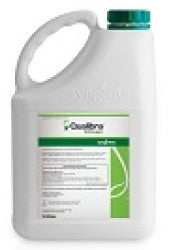
Qualibra is an exciting new concept in wetting agent technology combining a unique and dynamic penetrant to move moisture, with a powerful polymer to hold moisture. Designed with the ability to quickly move water away from the surface Qualibra retains a firm playing surface, holding moisture deeper and more evenly in the rootzone to prevent dry patch forming and invigorating root and plant health.
Manufacturer: Syngenta
4. Revolution
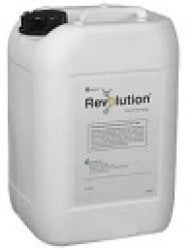
Revolution uses a new class of block copolymer chemistry which is essential for protecting turf against damage caused by environmental and cultural stresses. Revolution works in the soil to stabilise moisture levels, balance air-to-water ratios and provide better access to nutrients in the rootzone. With Revolution you can control the amount of water you apply with irrigation when conditions are dry.
Manufacturer: Farmura
A full range of wetting agents is available from the Pitchcare Store and anyone seeking advice on a programme can speak to a technical turf advisor on 01902 440250.
